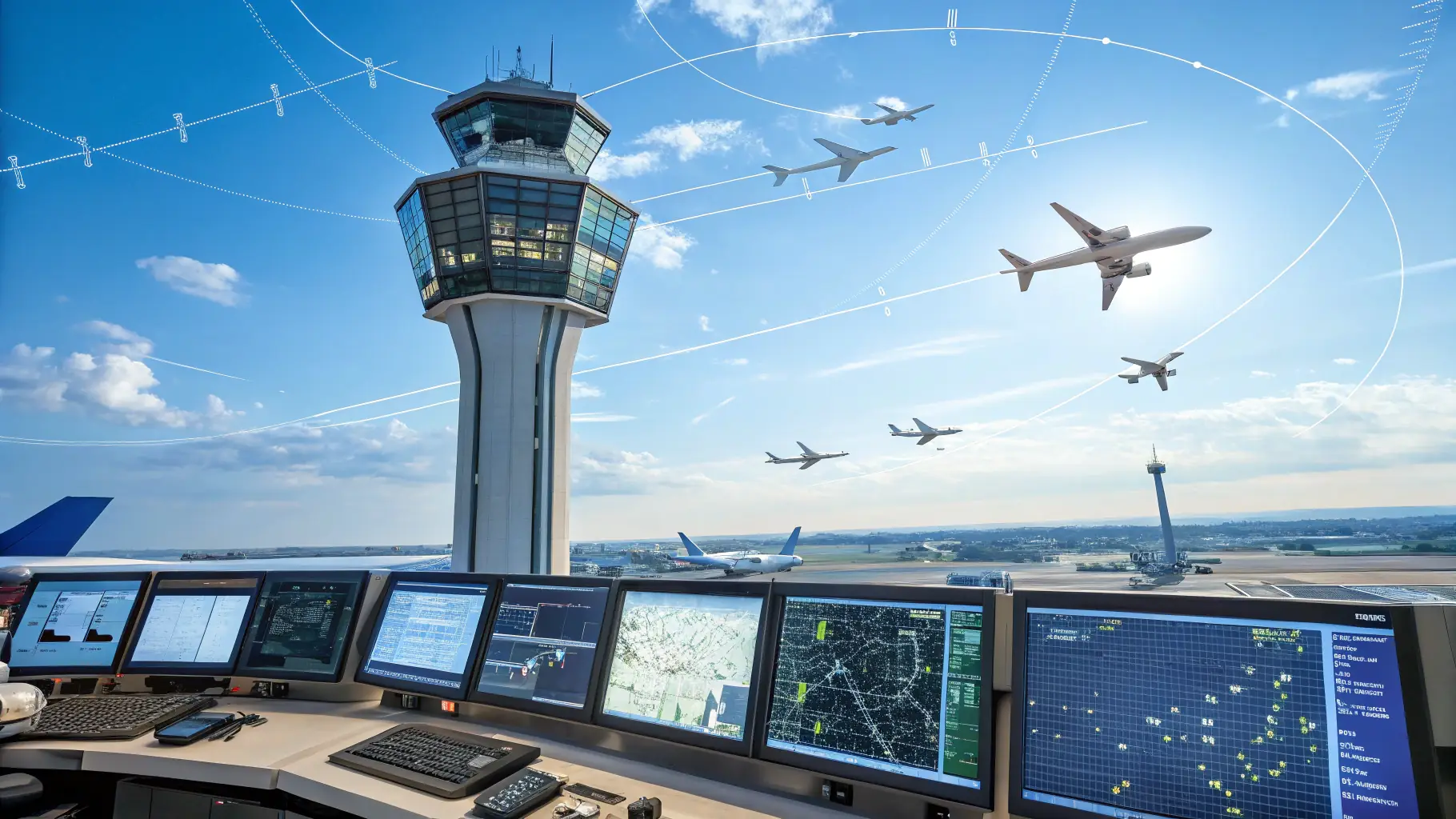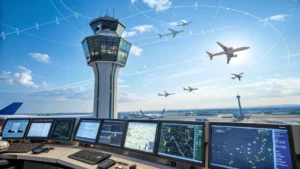FAA Order JO 7110.65 is the Federal Aviation Administration’s authoritative manual that prescribes the procedures and phraseology used by air traffic controllers in the United States, ensuring the safe, orderly, and efficient flow of air traffic. This comprehensive directive is regularly updated and requires controllers to be thoroughly familiar with its provisions relevant to their operational duties, serving as the foundational rulebook for all aspects of U.S. air traffic control services.
The first FAA Order JO 7110.65 was published in 1969. It will be interesting to see what this first “.65”, as it is commonly referred to as, looks like, and how it has changed over the years. So far, my search of it has turned up empty.
The latest edition JO 7110.65BB went into effect on February 20, 2025, it has some updates from its predecessor (JO 7110.65AA): refining procedures to address emerging technologies, safety priorities, and operational challenges. Below is a structured comparison of the two editions:
- Weather Data Integration
- JO 7110.65AA (2023): Relied on traditional weather sources and radar.
- JO 7110.65BB (2025):
- Satellite-Derived Weather: Incorporates Offshore Precipitation Capability (OPC) data for real-time offshore weather monitoring.
- Enhanced PIREP Handling: Revised turbulence reporting standards to align with FAA Order JO 7110.10.
- Special Activity Airspace (SAA) Management
- JO 7110.65AA (2023): Referenced “all SAAs” without clarity on adaptation.
- JO 7110.65BB (2025):
- Adapted SAAs Only: Procedures now apply only to SAAs integrated into facility systems (e.g., ERAM).
- Clarified Definitions: Aligns SAA terminology with the Pilot/Controller Glossary and adds notes (e.g., “Not every SAA has a using agency”).
- Expanded Precautions: Replaces generic SAA advisories with specifics for prohibited/restricted areas, MOAs, and stationary ALTRVs.
- Surveillance and Technology
- JO 7110.65AA (2023): Limited guidance on ADS-B integration.
- JO 7110.65BB (2025):
- ADS-B Mandate: Requires enabling the ADS-B Computer Human Interface (CHI) in towers when ASR radar is offline.
- STARS Multi-Sensor Mode: Formalizes conflict alerts and weather overlays for terminal automation.
- Separation Standards and Data Blocks
- JO 7110.65AA (2023): Restricted fourth-line data blocks to numeric entries.
- JO 7110.65BB (2025):
- Alphanumeric Data Blocks: Allows letters/numbers on the fourth line per local agreements (e.g., “TK” for RNP 0.3 routes).
- Longitudinal Separation: Removes “turbojet” specificity, permitting Mach-based separation for all eligible aircraft.
- Safety Management System (SMS)
- JO 7110.65AA (2023): SMS principles were minimally addressed.
- JO 7110.65BB (2025):
- SMS Integration: Expands SMS responsibilities, aligning with FAA Order JO 1000.37 and requiring proactive risk assessments.
- Team Position Responsibilities
- JO 7110.65AA (2023): Generic role descriptions.
- JO 7110.65BB (2025):
- Oceanic/En Route Teams: Adds “Airspace Status View/SAA Filter View” to ERAM workflows.
- Terminal Teams: Mandates ADS-B monitoring during ASDE outages.
- Editorial and Grammatical Updates
- JO 7110.65BB (2025) includes minor but critical clarifications:
- Revised phraseology for approach clearances.
- Updated wake turbulence thresholds for super-heavy aircraft.
- Streamlined PIREP coding for turbulence and icing.
- JO 7110.65BB (2025) includes minor but critical clarifications:
Summary Table
| Category | JO 7110.65AA (2023) | JO 7110.65BB (2025) |
| Weather Integration | Traditional radar/surface obs | OPC satellite data + PIREP standardization |
| SAA Management | Broad “all SAAs” references | Adapted SAAs + explicit prohibited/restricted guidance |
| Surveillance Tech | Basic ADS-B mentions | Mandatory ADS-B CHI during ASR outages |
| Data Blocks | Numeric-only fourth line | Alphanumeric entries via LOA/facility directive |
| SMS | Minimal inclusion | Expanded roles per JO 1000.37 |
| Team Roles | Generic | ERAM SAA filters + ADS-B tower protocols |
Why It Matters
The 2025 updates reflect the FAA’s push to modernize ATC workflows amid rising traffic (e.g., 45,000 daily U.S. flights) and emerging tech like drones and advanced surveillance. Controllers must now balance legacy procedures with tools like STARS and ADS-B, ensuring safety without sacrificing efficiency.
For aviation professionals, mastering these changes isn’t just compliance-it’s about staying ahead in an era where automation and real-time data redefine airspace management.

